Today I am going to show you how my specialist SEO team built 1,951 first page rankings in the seasonal travel hire niche
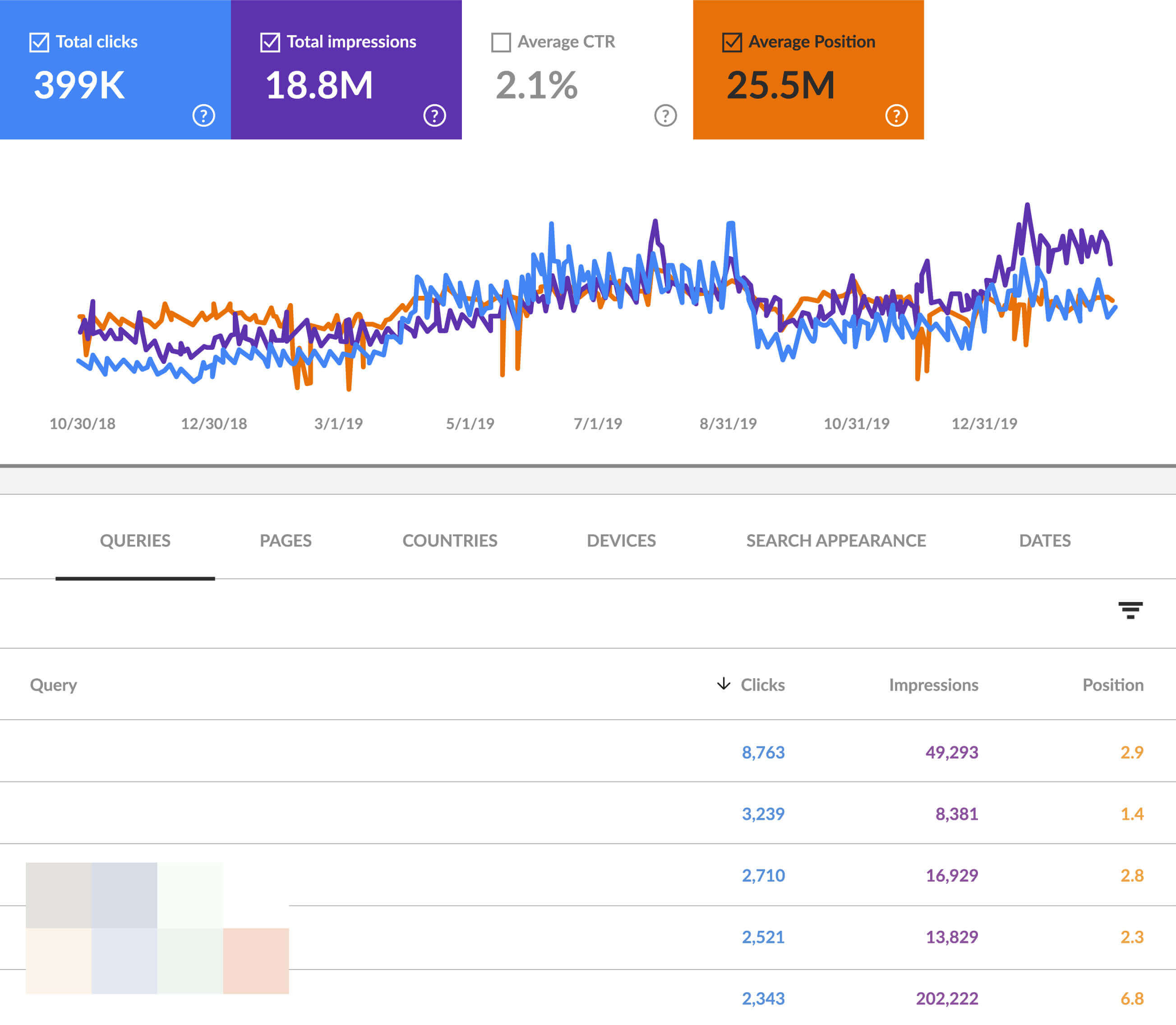
656 of those keywords are ranking in the top 3.
Which has had a significant impact on organic search traffic year on year-
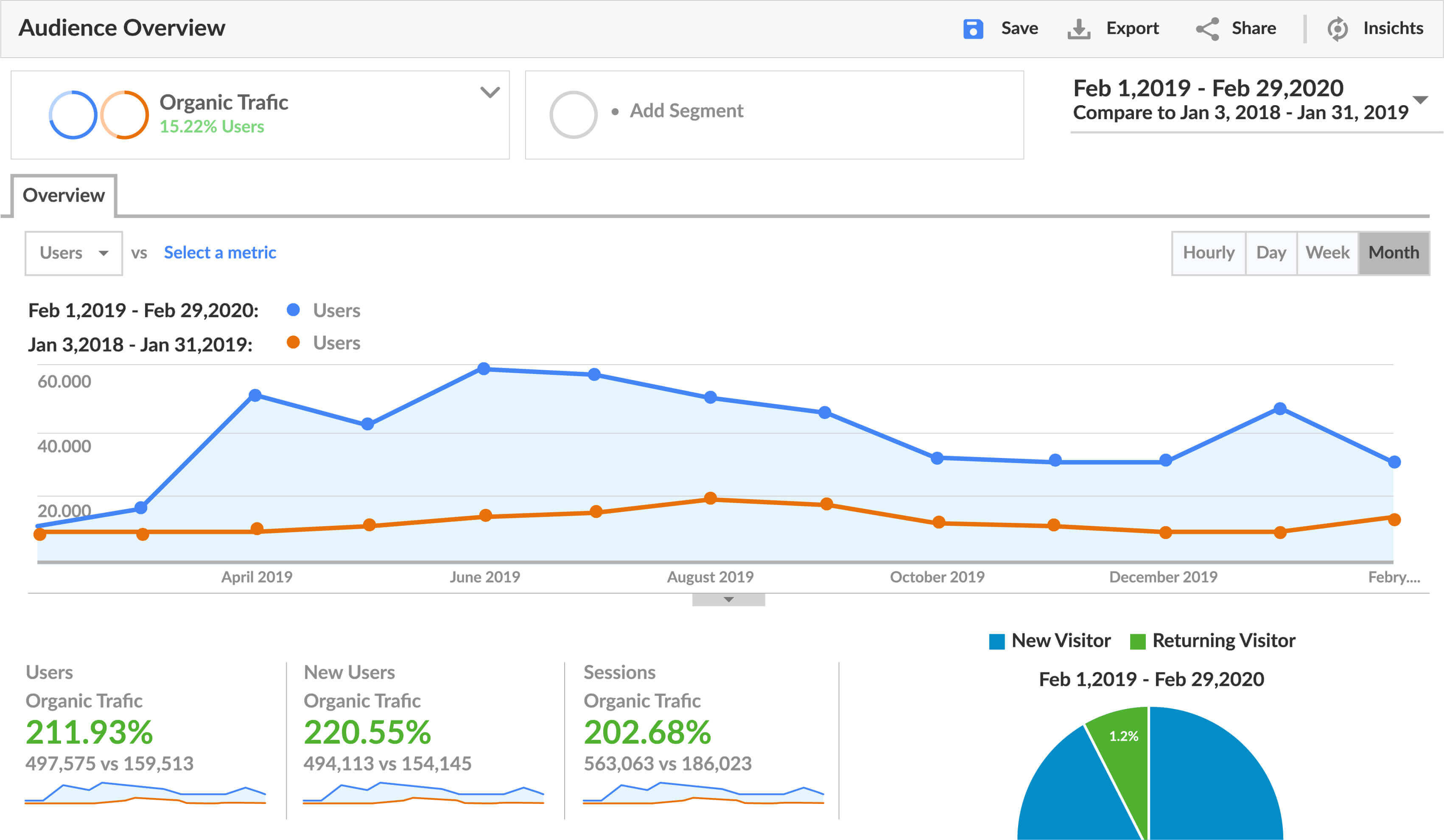
How did we do all of that?
Well keep reading and I’ll break down the complete strategy for you step by step!
A Closer Look At The Case Study

This is a American company operating in a highly competitive international travel hire niche.
They sell in locations all over the world and offer a multilingual site.
Our main focus was to increase rankings by improving user experience because there is absolutely no substitute for getting the basics right when it comes to SEO.
That meant that we had to:
- Audit the website
- Increase website speed
- Optimize on-site content
- Become mobile-friendly
- Resolve technical issues
- Build high-quality inbound links
It’s safe to say that when we took over the site it was a “fixer-upper”.
And it presented us with several major challenges…
Bringing Order To The Chaos
The travel hire niche is brutally competitive with lots of well-established brands with big budgets fighting for keywords.
All of which have intuitive user interfaces on fast websites with well-written content.
And our website had, well…none of that.
It was complete chaos. We had to deal with:
- Illogical site structure (especially URLs!)
- Poorly optimized content
- Poorly optimized content
- Zero mobile optimization
- Harmful backlinks from irrelevant sites
So to tackle these challenges and make sure we were building our castle on rock and not sand, we had to:
- Perform a technical SEO audit
- Fix all the problems we found
Which as I write this, was way easier said than done!
Creating A Plan Of Attack
We broke our strategy down into 7x steps and each of those steps had its own goal:
- Keyword research: identify relevant keywords to build content around
- Backlink audit: understand the site’s current link profile
- Competitor analysis: understand the content structure Google is looking for
- Content strategy: create a long-term, research-backed publishing schedule
- Onsite audit: uncover all technical issues
- Improve user experience: make the website user- and crawler-friendly
- Link building: support the site with relevant inbound links
Each of those areas plays a role in supporting organic growth and its important that you address all of these areas to see success.
This can mean different things for different sites but let me walk you through how we did it this time around.
1. Keyword Research
The first step was to identify benchmark keywords.
These are keywords we track daily to show us the:
These are keywords we track daily to show us the:
- SERP movements
- Current health of the site
- Impact of our strategy
If the metrics move in our favor we’re doing our job right.
We then researched a broader set of keywords. These keywords interlink with our core keywords but could also rank on their own.
Then we categorized those keywords into topic-based clusters:
This provided us with an almost endless database of relevant topics and their keywords that we could attack across the site.
2. Backlink Audit
Backlinks ARE an important part of SEO. There’s no denying it.
So we needed to:
- Review the current link profile
- And flag links to disavow
Ahrefs showed us that 96% of their links were of the lowest possible quality:

These low quality links were coming from:
- Spammy web 2.0s
- Old directories
- Irrelevant paid links (like those sold on Fiverr etc.)
Thanks to the clients needless obsessive compulsive backlink disorder, there were 1000s of links we needed to disavow.
The Ahrefs “Referring IPs” tool was VERY really useful in this process:
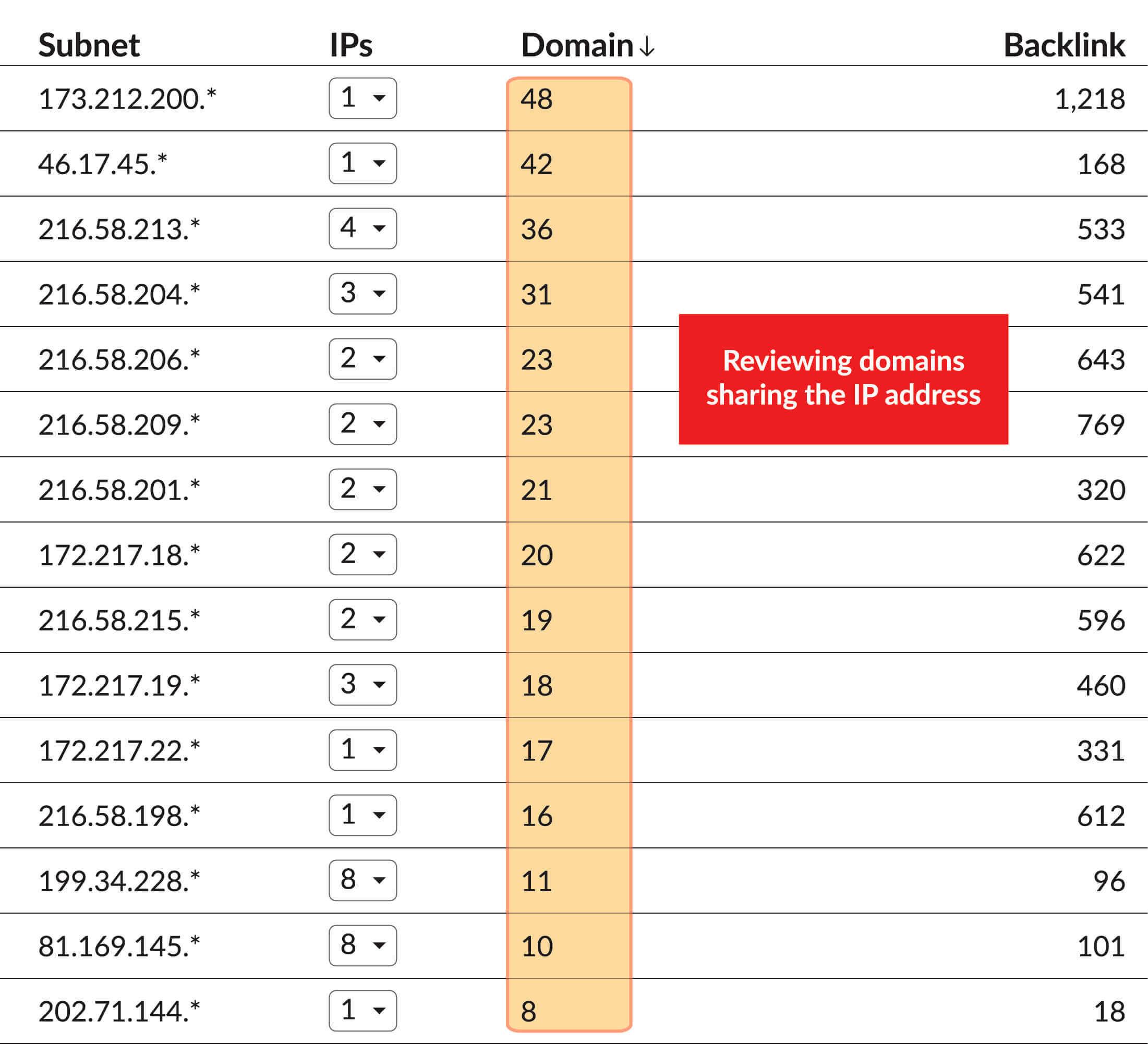
Here we could identify harmful links in large batches to disavow them.
However, this isn’t a “one and done” process.
We had to routinely check our link profile because we have no control over WHO links to the site.
This means low-quality links pop up all the time:
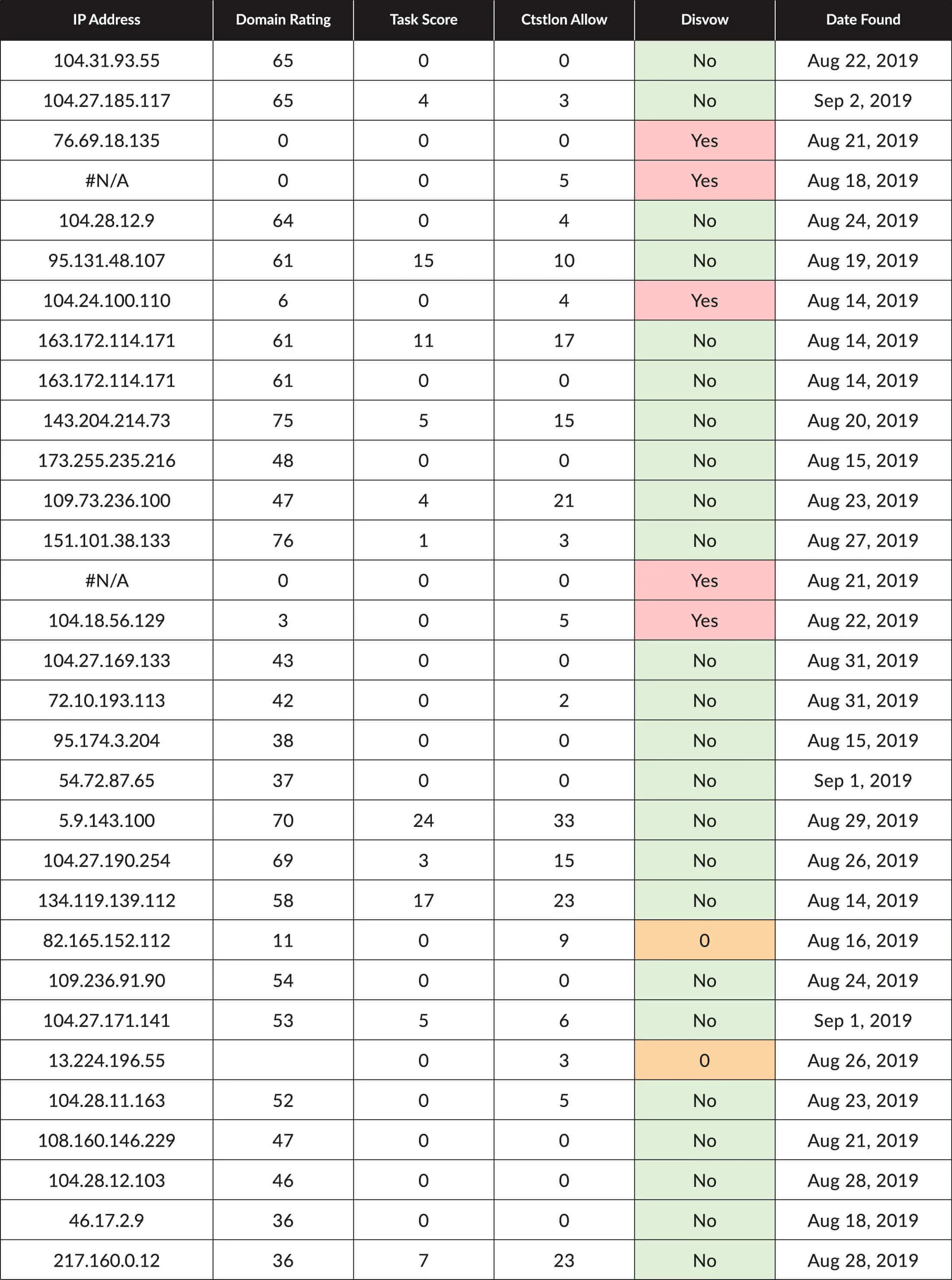
So we had to regularly check (and disavow) these links as they appeared.
3. Competitor Analysis
User experience is CRITICAL for rankings because it feeds into and influences so many other signals.
It’s important to remember that Google’s main job as a search engine is to pair users with websites that provide answers.
Which means you must make sure there are zero barriers between answers and users.
To understand what that means in our specific niche, we looked at our organic search competitors.
We needed to create an industry benchmark we could work from-
- What does Google look for in a well-ranking site?
- What do our competitors do better than us?
- What were the most important areas to improve?
To create this benchmark we explored every possible user experience element.
We looked at:
- Navigation
- URL structure
- Page structure
- Post structure
- Design elements (layouts, forms, boxes, etc.)
- Website processes (bookings, payment gateways, customer reviews, etc.)
- How fast things were on mobile data
Anything that our potential users would come into contact with.
This gave us all the information we needed to create user and SEO-focused templates for:
- Landing pages
- Blog posts
- URLs
- Bookings
For example, we updated the home page to make bookings available above-the-fold which increased both user engagement signals and conversions signficiantly-
We also did some competitor backlink analysis to see how and where they acquired high-quality links.
Using Ahrefs Link Intersect tool we were able to see the most common sites:
Which gave us an actionable starting point for our link building strategies which we will talk about in a moment.
4. Content Strategy
After following the last few steps, we had acquired enough information to build out a complete content strategy.
We knew:
- Which topics were relevant
- What keywords to focus on
- How to structure the content (for users and search engines)
- How long the content should be
- Where we could outrank competitors
So before creating any new content, the first thing we did was to address existing content.
On a post-by-post basis we took one of 3x actions:
- Improve: restructure or rewrite the existing post
- Remove: delete the content entirely
- Consolidate: combine multiple pages into one comprehensive post
For example, the site had lots of 300-500 word blog posts that were very light on information and added next to no value.
So we increased the overall length, quality and relevance of those pages by adding extra sections that actually answered related search queries.
Once the existing content was fixed, we switched our focus to creating new content.
We created a monthly posting schedule that looked like this:
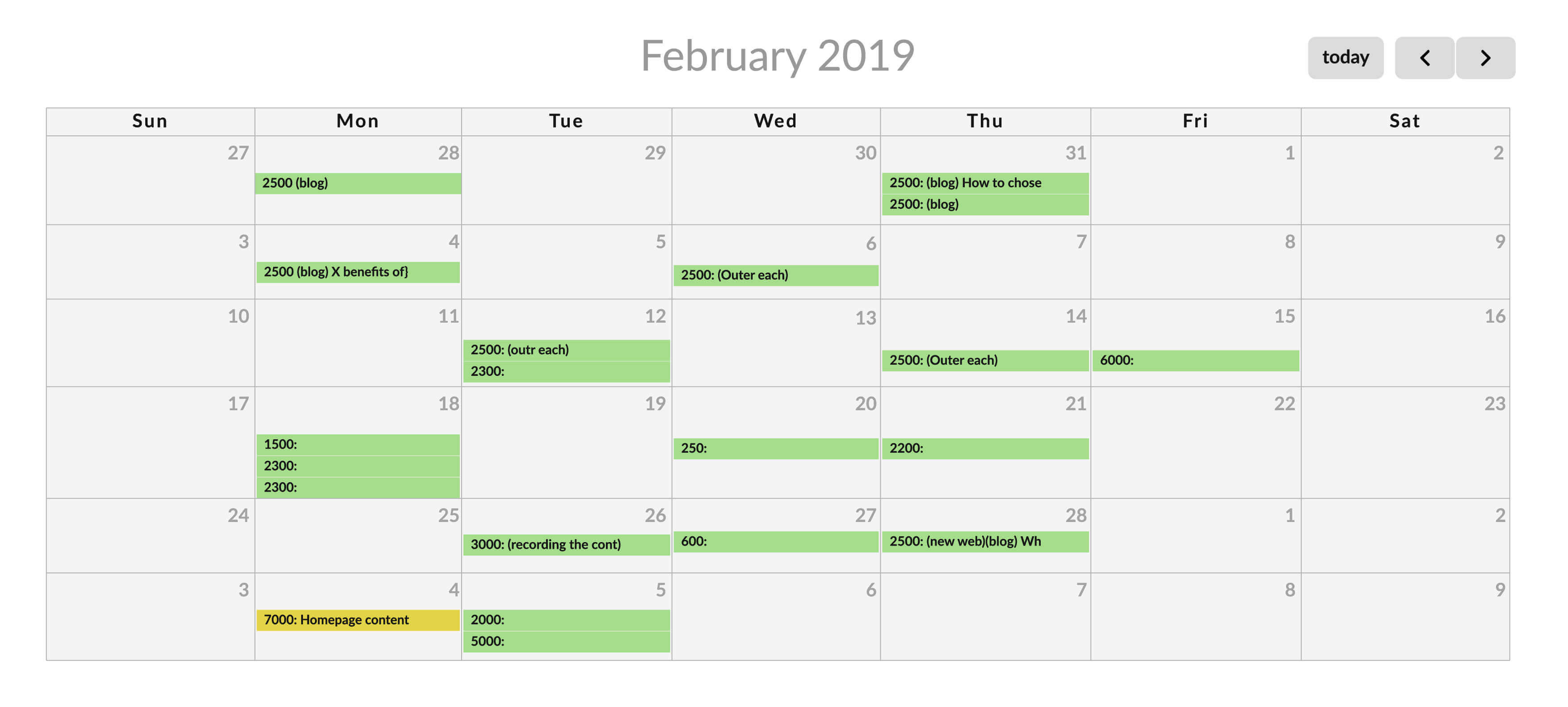
This meant we had a growing database of high quality content which we could later leverage for link building.
5. On-Site SEO Audit
It was obvious from the beginning this site had lots of technical issues. But it was only when we performed a complete technical SEO audit that we understood the extent of it.
So let’s take a look at each of the problems we found and how we went about fixing them.
Problem #1: Illogical Site Structure
The client’s site was missing a clear hierarchy which made it hard to understand for search engine spiders. They had:
- Scattered content
- Limited internal linking
- Hard to find “priority” pages
This meant the site was a nightmare for both users and Google to navigate. It was a labyrinth of dead ends that left your scratching your heard.
In the perfect world ALL website pages should be accessible within 4x clicks of the homepage.
Your priority pages should be within 2x clicks.

For example…
It’s paramount a travel hire website has easily accessible destination pages.
It should be no more than a 3x click process:
Google > Homepage > Destinations Page > Greece
The website was lacking this logical structure. So we spent a lot of time getting this right.
One process that really helped us was…
Problem #2: Internal Linking
The site was so hard to navigate because there were so few internal links. We found this to be really bad on location specific landing pages.
But internal link building is critically important for a number of reasons-
Let’s say you searching for something in the travel hire niche and landed on a popular page of our client’s site.
The page would provide internal links to pages about:
- Mallorca
- San Sebastian
- Valencia
But those 3x pages would have 0x internal links. You couldn’t get to:
But those 3x pages would have 0x internal links. You couldn’t get to:
- The main “Spain” page
- Related destinations
- Booking pages
This meant the user (and Google’s crawlers) instantly hit a dead end!
Which as you can probably imagine created tons of problems like:
- High bounce rates
- Low dwell time
- Awful conversion rates
- Lower search traffic & rankings
So our process focused on adding logical internal links to streamline the site and make the experience much more enjoyable for both users and Google.
Problem #3: Duplicate Content
To try and combat the navigation issues the client had created lots of duplicate pages.
Now it’s no secret that Google doesn’t like duplicate content-
And they really don’t like it when there are 3x exact replicas of the homepage!
It seemed like the previous SEOs had added a copy-and-pasted page at every dead end.
This was…seriously problematic because it created a ton of issues like:
- Content devaluation
- Cannibalization
- Index bloat
It also made the site INCREDIBLY slow, so to deal with all of this we-
- Deleted duplicate content
- No-indexed pages with low SEO benefits
- Removed “sliders” that created duplicates
Then we could start to optimize the remaining pages to target important keywords.
Resolving these technical issues made the next step possible…
6. Improve User Experience
The user experience was ABYSMAL to say the very least.
Competitors websites performed 1000x better than ours and despite 50% of traffic coming from mobile devices, the site wasn’t responsive.
To combat this we:
- Increased website speed
- Created a new responsive website design
- Added new high-quality images to all pages
- Built interactive maps and calendars
- Created a new streamlined booking process
- Added engaging CTA buttons
I won’t lie…
This was a massive undertaking.
There are still elements that need to go live. But we have being improving things and deploying them consistently.
I’d say around 75% of the necessary fixes have being deployed to date and the results have been staggering so far.
But there’s still one more step before we get to those…
7. Link Building
Link building was ALWAYS going to be a part of our SEO strategy but there are 5x things this case study should show:
- Link building is pointless on a poorly built site
- Your site needs solid foundations first
- Links can do as much harm as good
- You need to build strategic links
- Obsessive compulsive link building leads to wasted budget
This is precisely why link building is step 7 and not step 1 in our case study today because you are not ready for link building until you have built a solid foundation.
And because we spent time revamping a lot of the existing content, link building was mostly a downhill battle because no one wants to link to poor content.
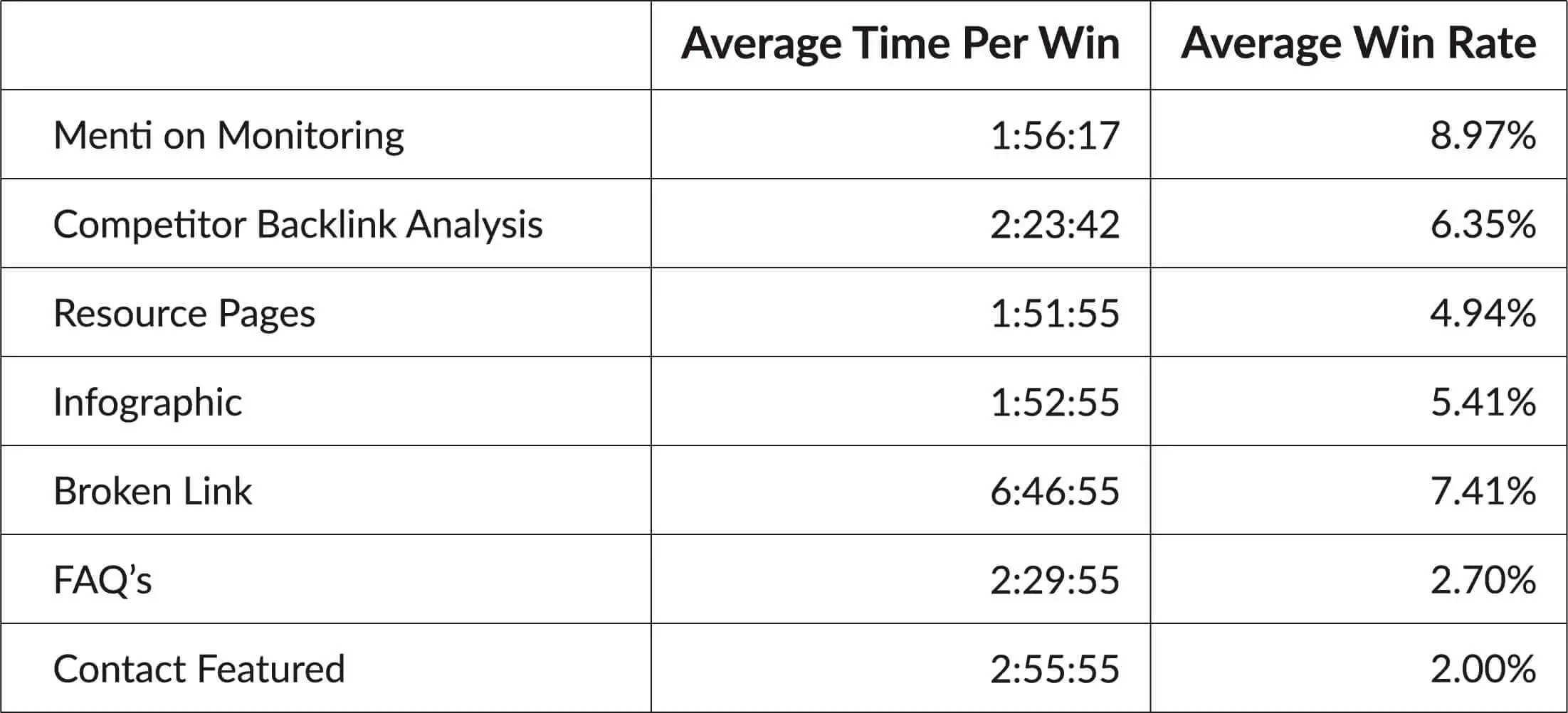
We made sure the link building strategies we used were tailored to focus on-
- Quality over quantity
- Relevance
- Building trust and authority
It’s easy to overstep the mark here and get excited but you’ll be amazed just how much impact a handful of relevant links can have on a properly built site.
Each link we built came from well-established sites that we considered to be equal (or better) than our own.
Outreach based link building is a time-consuming process.
But we were able to build lots of high-quality links:
But we were able to build lots of high-quality links:
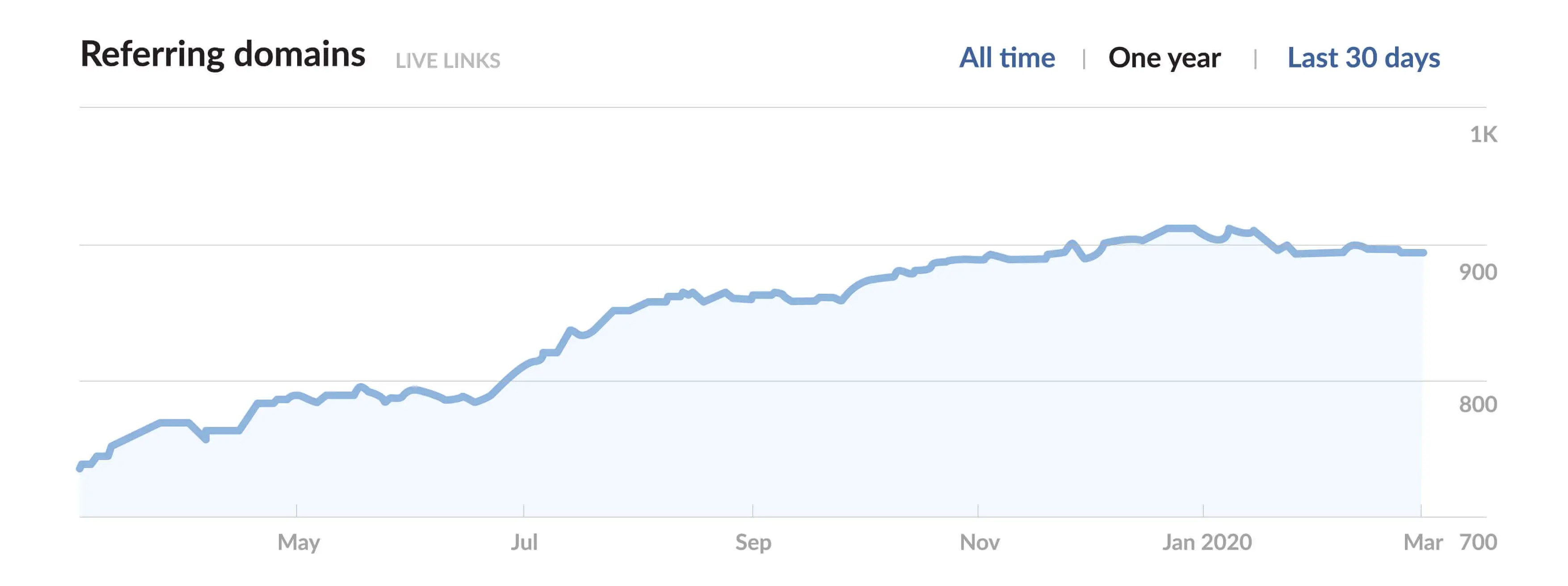
And it is the most sustainable way to build links that ensures the longevity of your site.
The Results Are In
The site’s growth has been incredible.
Traffic has grown from an average of 9,846 visitors per month to 58,883 at the very peak of high season.

Overall we have more than tripled organic search traffic and more importantly, increased revenue during the off season as well.
We also increased the number of top 3 results from 197 to 656.
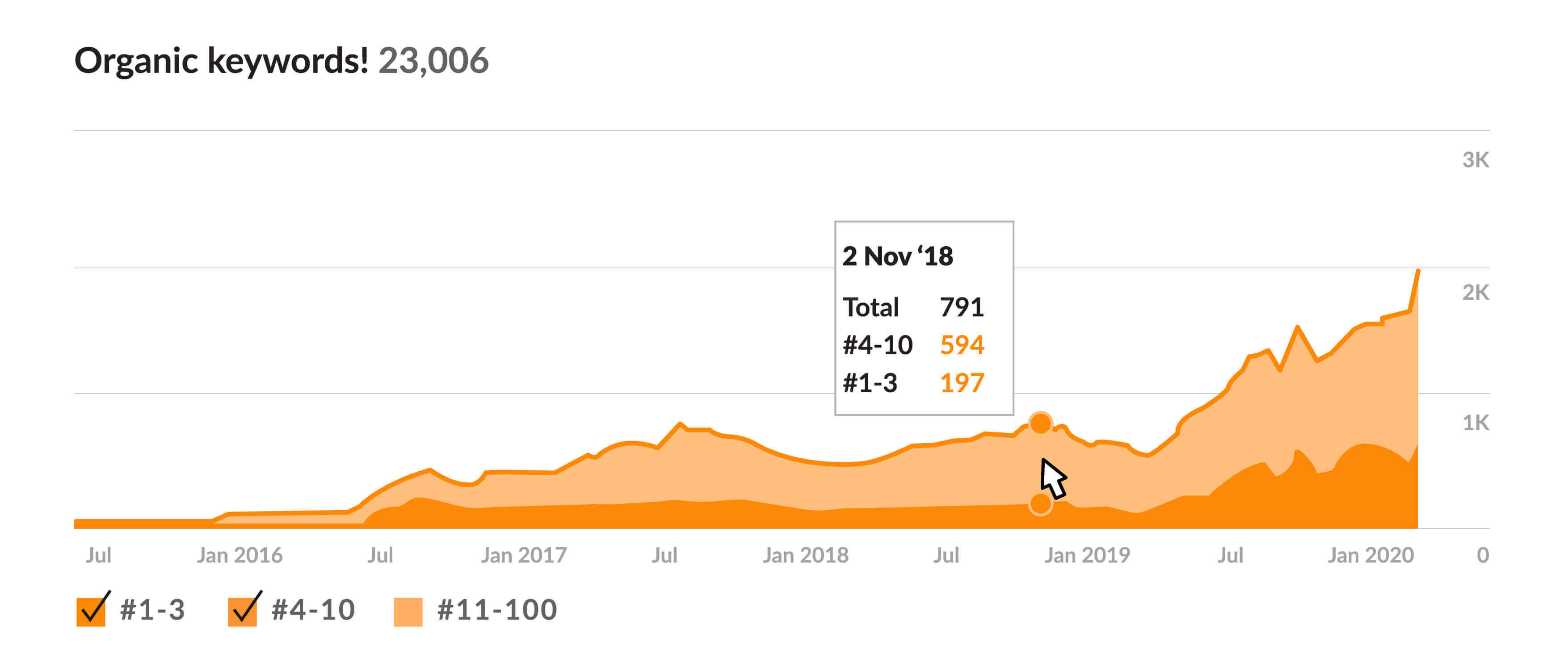
And of course:
This all made for some glorious Google Search Console data-
All of which is absolutely fantastic result given how competitive this niche is and how much money is on the line during peak season.
If you want help ranking your website… Click Here Now!
Wrapping It Up
So there you have it.
That is how you can triple organic search traffic in competitive niche by just focusing on the foundations of SEO.
It’s not rocket science. You just need to follow my simple 3 step SEO strategy:
- Technical SEO: build a logical and healthy website structure
- Technical SEO: build a logical and healthy website structure
- Link building: acquire relevant linksfa
If that sounds like too much hard work, you could always hire my team.
Otherwise please feel free to check out our other incredible SEO case studies-
Leading IT company “Its on media” Real-Time SEO Results
Company History
The Company started their online business in 2016, comparatively, itsonmedia.com was new and nearly without any traffic, despite the fact that company owners had invested a decent measure of time and emphasis every page of their website, but still, it looks dim and not getting any traffic.
Our center of focus was to grow website rankings by refining its fundamental component. In light of the fact that there is absolutely not a viable replacement available for getting the rudiments right with regards to SEO.
Those fundamental components including.
- Thoroughly Review the site
- Optimize on-site content
- Speed up website response time
- Improve Mobile version of a website
- Top-notch inbound links building
- The firmness of Technical aspects
What we found
The primary thing we generally do in the review is website inspection, whether it has any major fundamental issues, or had any penalties. The website was never positioned on page 1 against their selected keywords.
Ahrefs shows the weak history of the website, have a look that the website had their targeted keywords in the top 100, but it fails to improve the ranking and worn out their competitors.
It was a chaotic story. We needed to manage:
- Damaging backlinks from extraneous sites
- Inefficiently streamlined content
- Odd website structure including irregular URLs
- Poor Profound technical errors
- Compatibility with other devices
Plan of Action
Each of those areas plays a role in supporting organic growth and it’s important that you address all of these areas to see success.
We detached our technique into 7 prominent steps and every one of those had a unique purpose:
- Keywords hunting: Recognize significant Keywords to optimize the content
- Backlink review: Realize the website's present link profile
- Competitor analysis: Develop Google’s certified content structure
- Content technique: Make a long haul, optimized and optimize content
- Onsite inspection: Reveal every technical problem
- Increase User Interface: SEO and User Friendly Website approach
- Link building: Build significant inbound links
Weak Content inspection
In the weak Content inspection, we search for contender keywords that the website isn't focusing on yet, furthermore, this turns into the reason for our content redesigning.
For this site, we discovered around 100 keywords volume between 150 – 2900 ms, with comparable PPC expenses to the simple successes. We worked with the customer to choose high needs and chose a few keywords in light of their industry trending data.
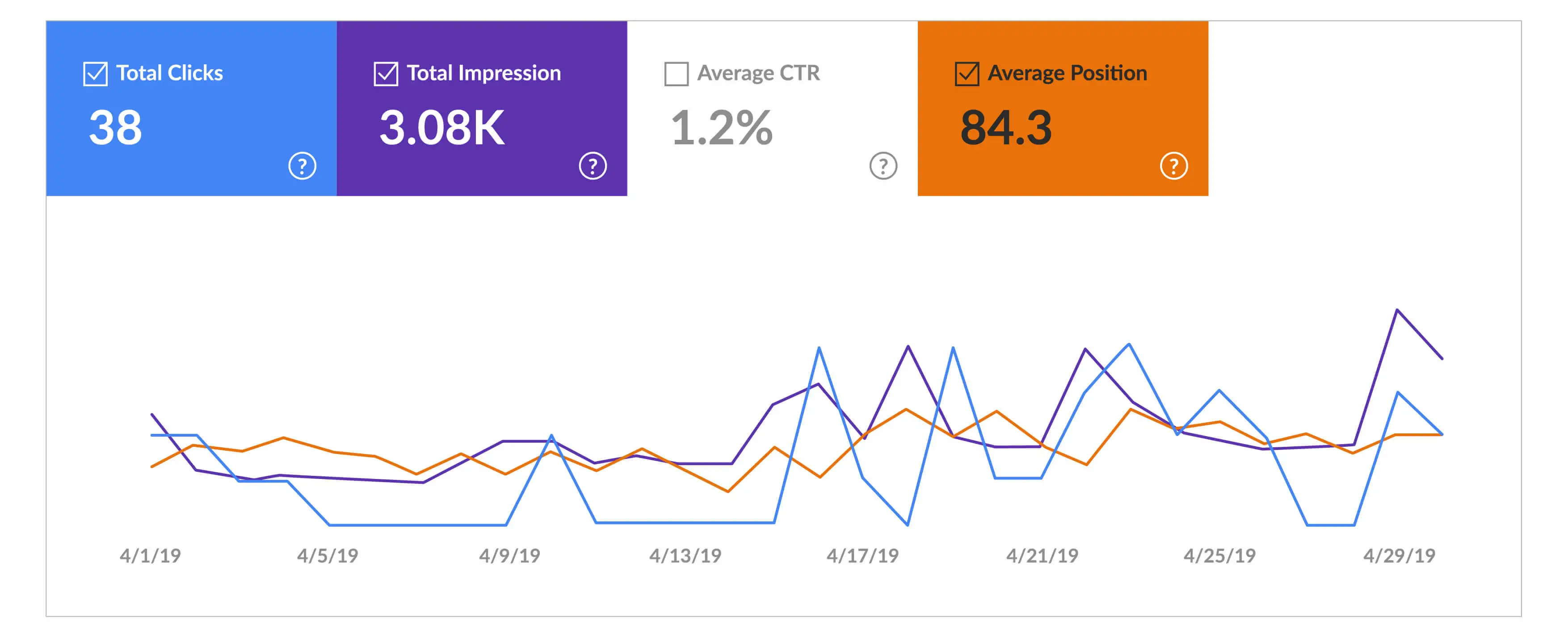
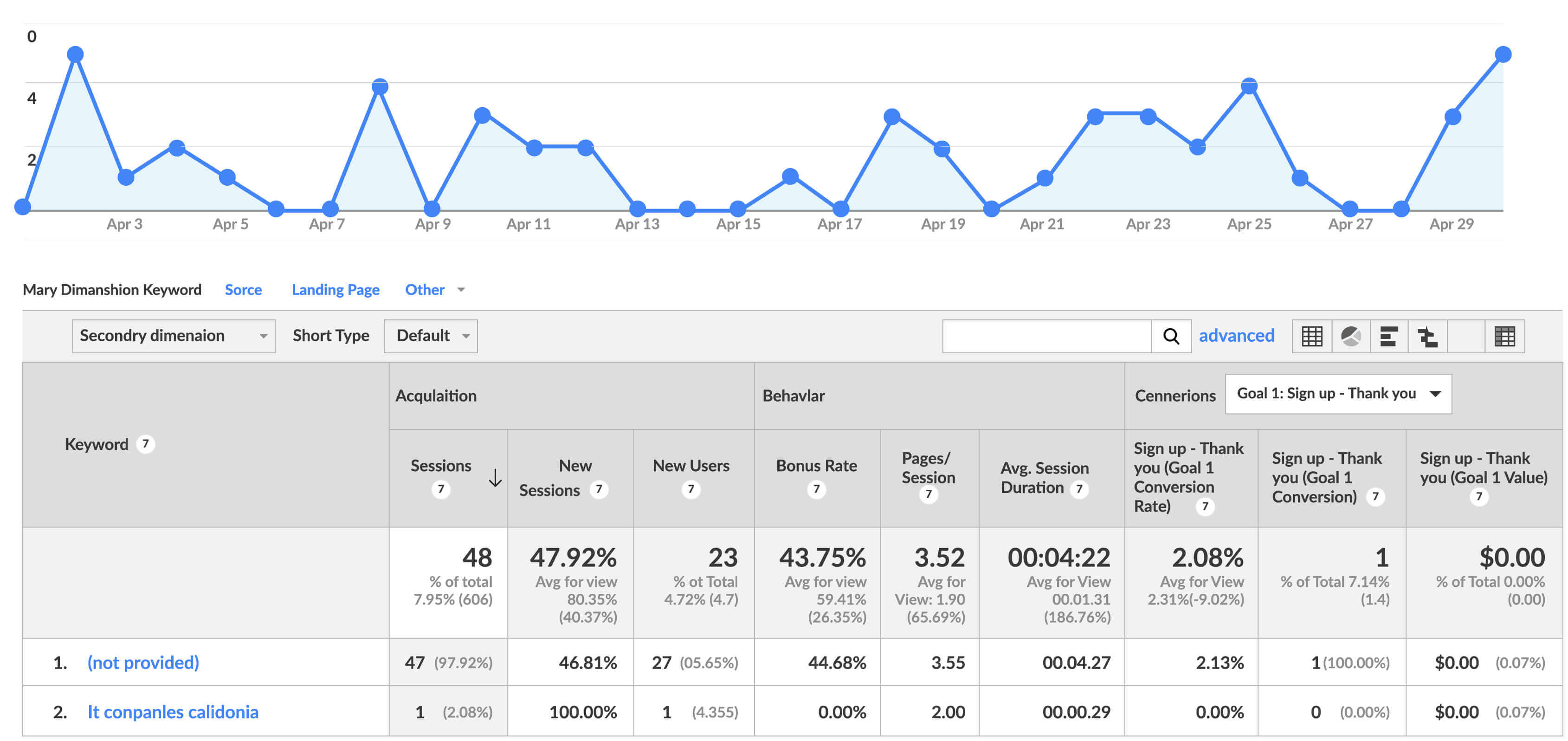
Our Monthly Calendar
1 Month progress
- 1 Guest Post with targeted keywords
- Link Building
- Blog Post focusing on industry trends
2 Month progress
- 1 Guest Post with targeted keywords
- Link Building
- Blog Post focusing on industry trends
3 Month progress
- 1 Guest Post with targeted keywords
- Link Building
- Blog Post focusing on industry trends
Final Result
With our proposed and good measures such as content optimization, extensive keywords research and other significant strategies, we truly centered on getting those outstanding results and get up to page 1.
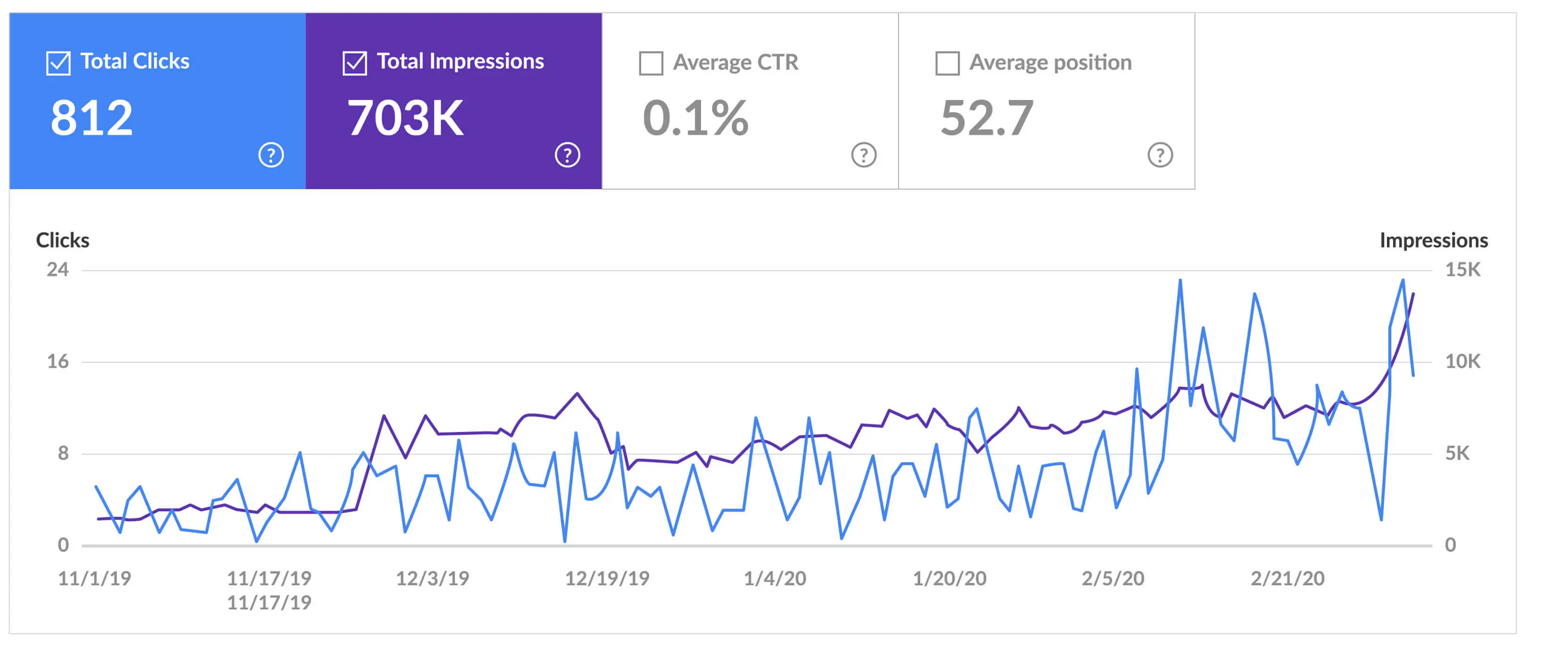
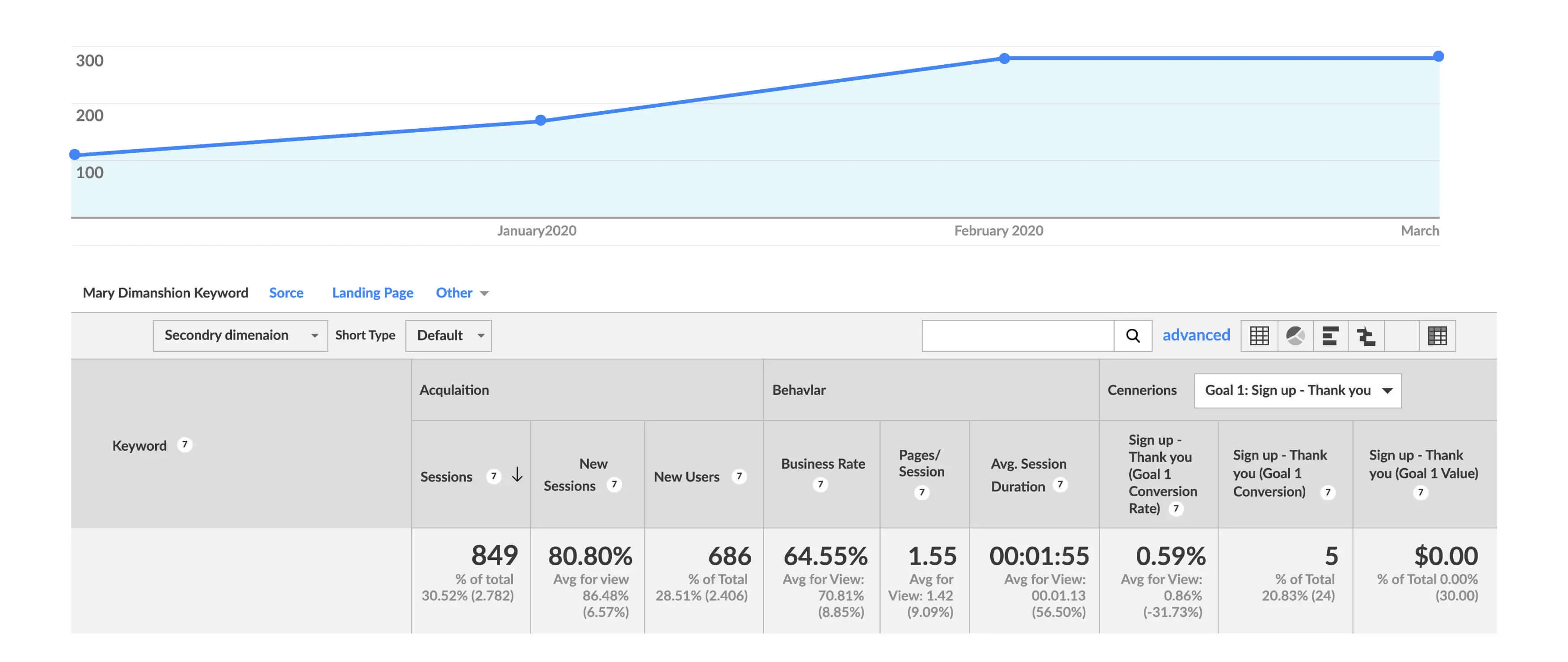
The Challenge
When we spoke with Alisa, the owner of AKA Design, she shared two goals for growing her business. First, she wanted to increase the local online visibility of her firm. Second, she wanted to generate organic search leads targeting her specialization in restaurant/bar, hotel, country club, and healthcare interior design. With the goals set, we went to work.
The “Nett” Solution
1. New Wordpress Website
The first step was to move her website from an out-of-date Windows server to an updated, search engine-friendly CMS. We selected the best Wordpress theme for the brand, created a solid sitemap, styled the site, implemented content and utilized several plugins to set up the site for proper optimization and organic search performance. Since you don’t need to know any coding to change content on a CMS, the client no longer has to pay a web developer to edit the site, thus saving significant costs to the client down the line.
2. Keyword Research and Mapping
Focusing on the Dallas/Fort Worth area, we researched nearly 300 keywords and narrowed the list down to a potential 25. We then had the client select 10 keywords from our recommendations. **Within one year, results were so strong that 10 more target keywords, focused on the national level, were added.
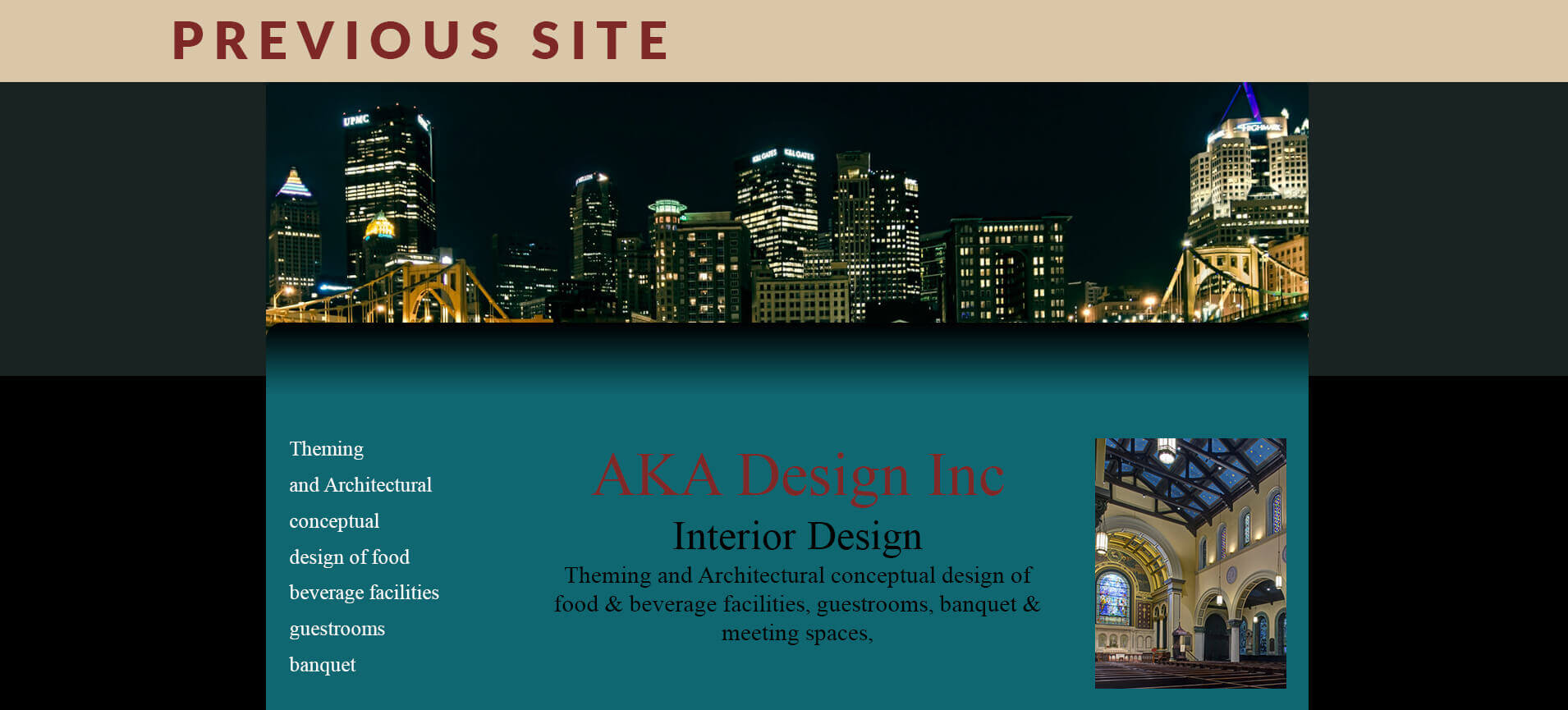
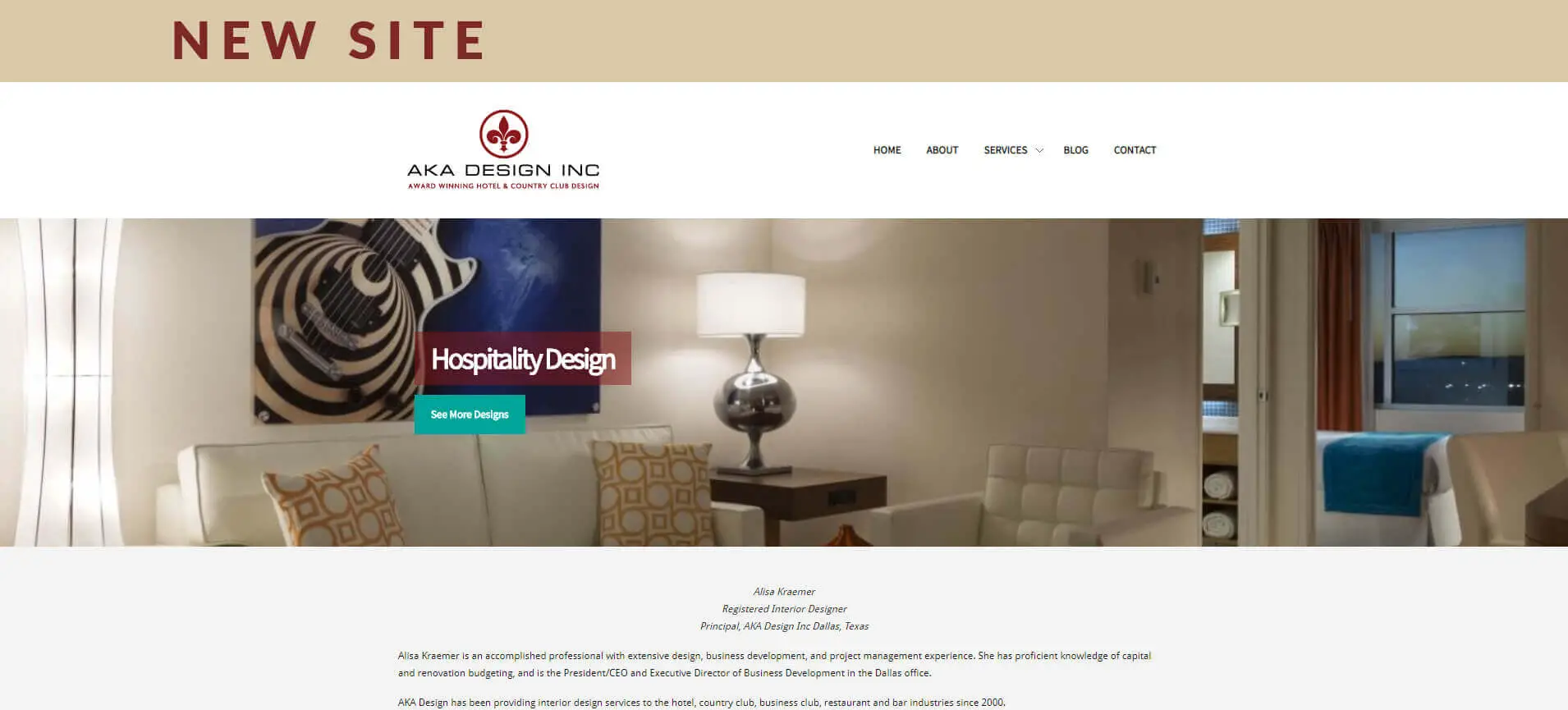
3. On-Page Optimization
With target keywords selected, we implemented the on-page optimization strategy across target pages of the website. This included page titles, headers, meta descriptions, and setting up a proper blog.
4. Content Creation/Link Building
In order to attract links the natural, organic way that Google recommends, we engaged in content placement and provided monthly blog posts along with a link building campaign.
The “Nett” Result
Increased organic traffic visits by 120%.

100% rise in lead conversions from the website. Opened up a completely new lead channel.

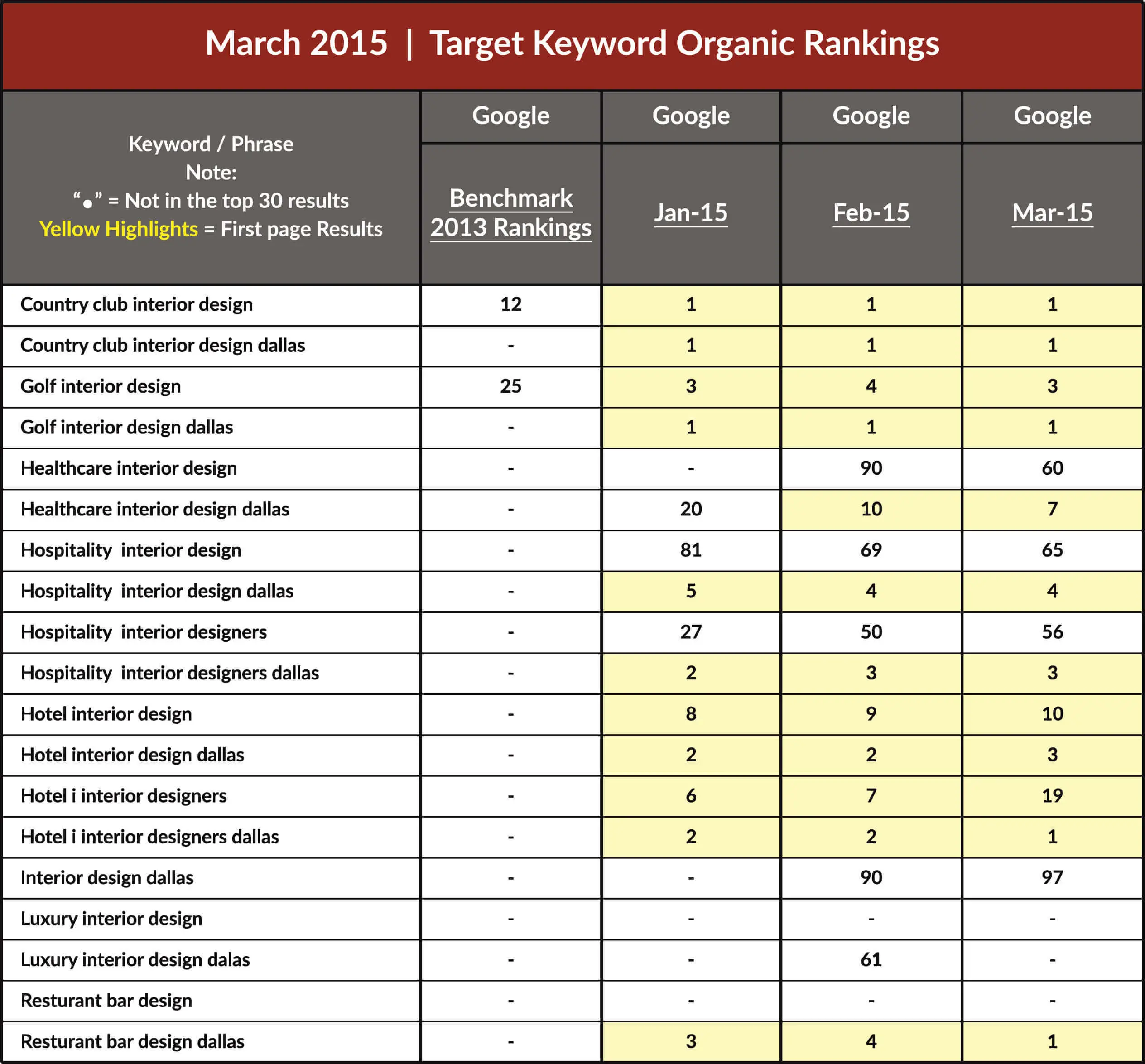
Background
AKA Design, Inc. is a commercial interior design firm in Dallas, TX, specializing in restaurant/bar, hotel, country club, and healthcare interior design since 2000. The owner, Alisa Kraemer, is an accomplished professional with extensive design, business development, and project management experience. She has proficient knowledge of capital and renovation budgeting, and is the President/CEO and Executive Director of Business Development in the Dallas office.
E-Commerce SEO Case Study
A Bodybuilding Supplement Store
Summary:
An Australian Body supplement website started their SEO program with us during May 2014 and concluded the project in April 2015.
Here is what we did for them during this time frame: a 115% increase in Website traffic.
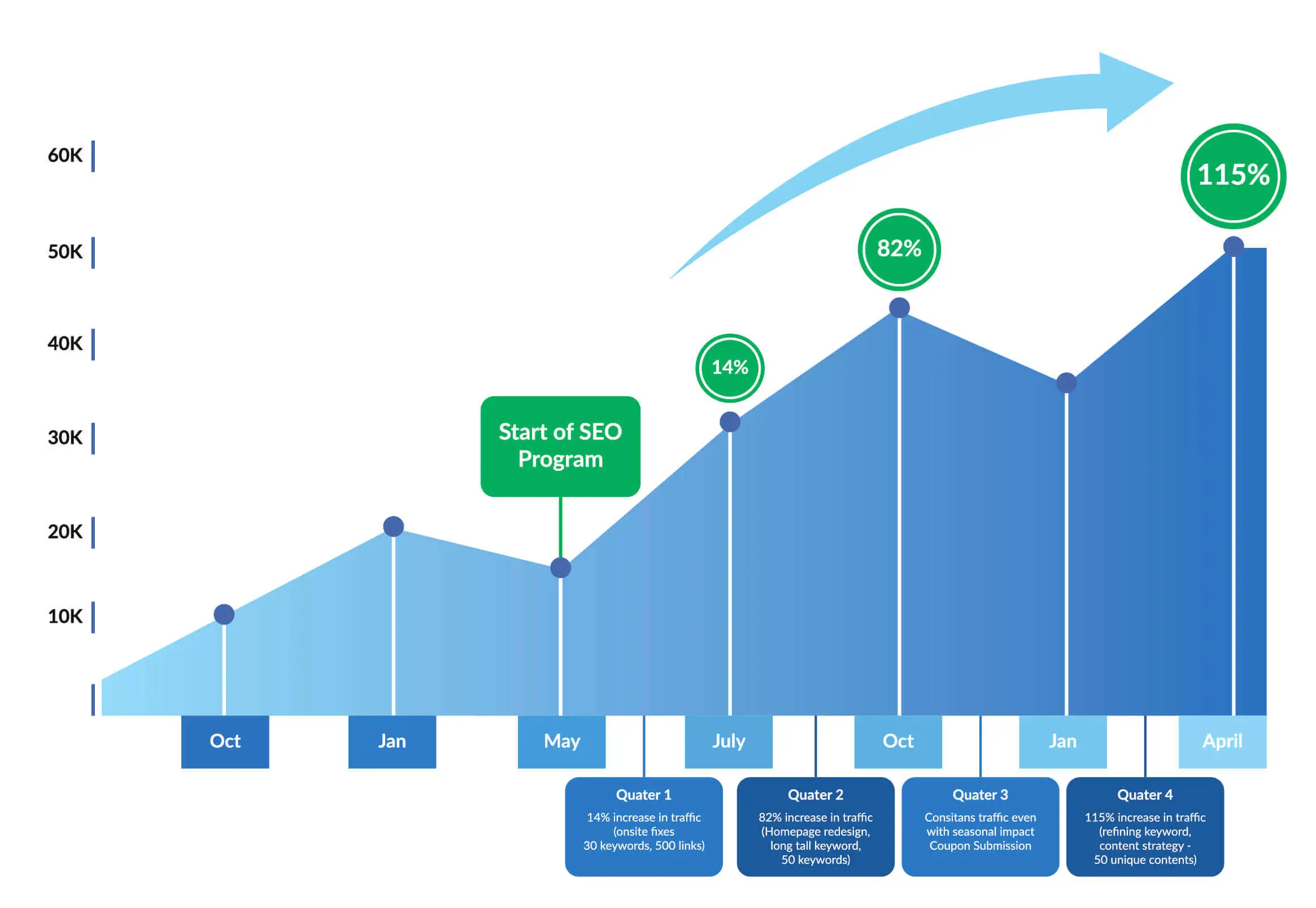
The bodybuilding site had around 2000brands and products shipped across Australian and US zones.
We started with a comprehensive SEO audit for the website. The company provided us with the records of the previous SEO agency they were working with. We also analyzed all the reports, paying attention to every detail including the keywords and reports of the activities done previously.
The challenge was that the website was already getting sizable traffic with 2000brands and product categories. With the huge website and content base, we needed to clean up the unhealthy links, optimize the site and its products, in addition to examining the records of its previous SEO agency and rectifying its misses/mistakes.
Quarter #1: (May, June July)
We had a discussion with the company to understand the following,
- Best selling products and product categories
- Best selling brands
- Products that get repeat buyers/bulk purchases.
- Other Online source of traffic and conversions %.
We dug deeper into the nuts and bolts of the website understanding the URLs, navigation and conducted a complete layout study. We worked on the following,
- Meta description tags
- Image alt tags
- URL page titles/Headings
- Product Descriptions and Optimization
We decided it would be best not to change the structure too much and we started optimizing the existing site pages.
From the company insights on the products/brands, we did a comprehensive keyword research and zeroed in on 30 keywords to begin. Though it was a small start in terms of numbers, we had a strategy outlined with some permutations & combinations.
We charted a content strategy with 7-8 unique articles every month to begin with. The keywords for the content strategy were also finalized, with again, a back work of permutations and combinations.
We started to build quality links with the content, along with other linking strategies. The links were manually checked for quality and expiry before submission. We submitted close to 500 links every month.
Yes, this effort paid off with a whopping 14% increase in traffic in the first 3months and resulted in 74k unique visits in this span of time.

In terms of keyword rankings here are some competitive keywords which we were ranking at the end of the Quarter.

Quarter #2: (Aug, Sep, Oct)
In the Quarter II (Aug, Sep, Oct) planning, we increased the number of targeting keywords to 50 and increased our efforts in content strategy. Along with these efforts, we suggested changes in the home page design and navigation. We incorporated some testimonials, products discounts, chat options, URL suggestions and better design changes.
We worked on the Long tail keywords for content writing and had 20 unique content written every month and promoted them in different places. Some of them where published in the website as well.

The design suggestions were implemented and the traffic showed a 68% hike compared to the last quarter.
We showed improvements in terms of keyword ranking as well. Out of 50 keywords around 25 keywords were on page 1 and 10 of them were #1 ranking.
Quarter #3: (Nov, Dec, Jan)
Quarter III was a bit tough as it was off- season for most businesses. So, the focus for this quarter was to maintain the consistency in traffic and rankings.
As it was the holiday season, we focused more on coupon promotions. The keyword size was increased with inclusion of new products and combo packaging. We started off with multi-tier link building, coupon and content marketing.

This quarter, we maintained consistent traffic and January onwards; we started to see a hike in traffic again. We managed to kick-start the New Year with a bang!
Quarter #4: (Feb,Mar,April)
There was meticulous planning for the post-New Year SEO program and website promotion.
We expanded the keyword base, removed a few keywords from the target list, replaced some and added a few more. We gave 75% focus to content, and spun around 50 unique contents per month with specific keywords and combinations.
And lo and behold, we saw a surge of 33% in the traffic! Here is a complete picture of the traffic after the SEO Program

From over 25k monthly visit to 50k monthly visits and more than 60k monthly sessions - altogether, our able team bought about a 115% surge in traffic to the client’s website.
Need traffic and ranking? Then you are in the right place! Contact us for a quote today!

